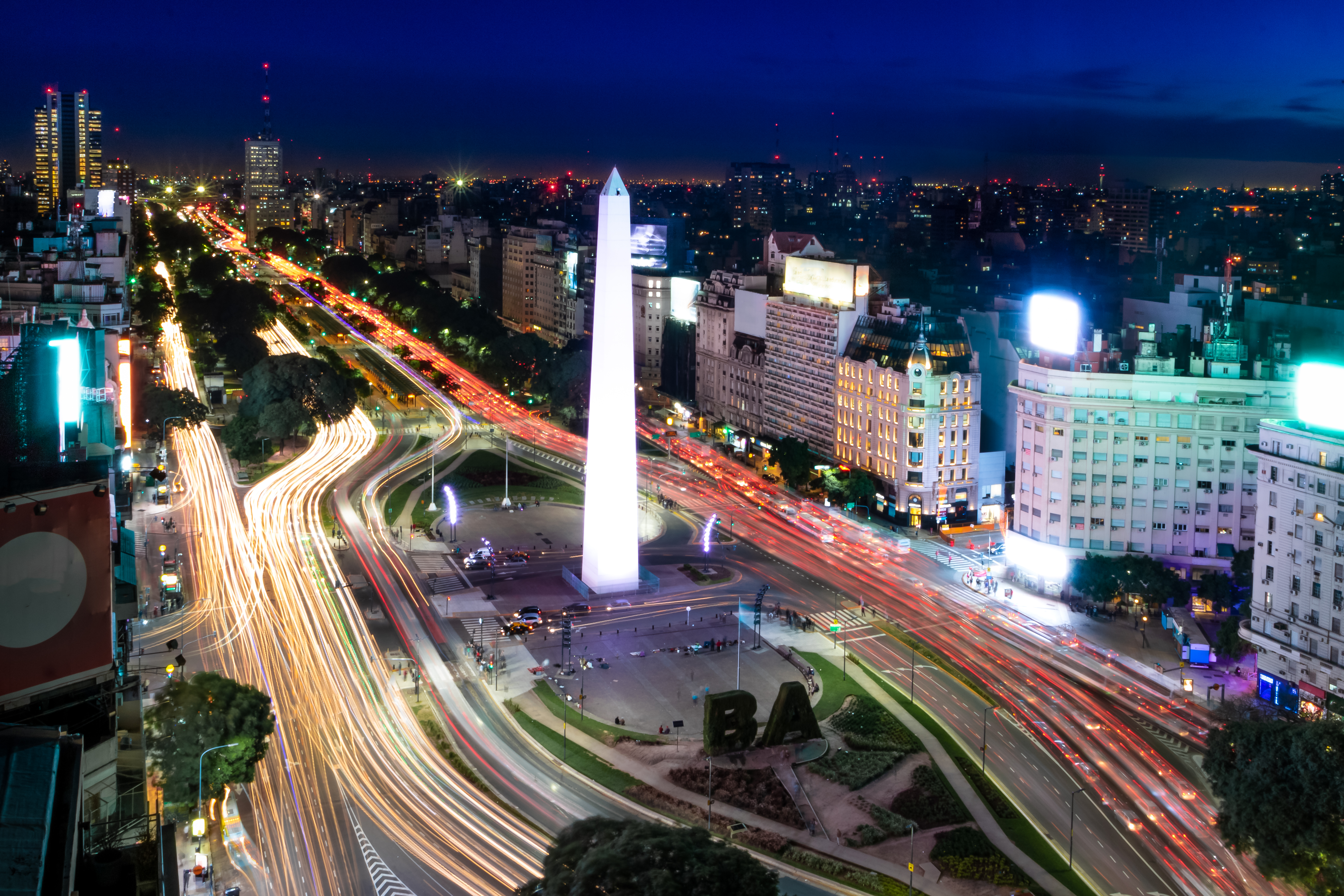
Product
Anti-bug
Crop Damage Prevention
Animal Growth
Anti-bacterial
New Business
Anti-bug LED Lighting Technology
Crop Damage Prevention Solar LED Street Light Technology
Animal Growth LED Lighting Technology
Anti-bacterial LED Lighting Technology
Odor Removal LED Lighting Technology
Carbon Absorption Moss LED Lighting Technology
Beauty LED Lighting Technology
High Color Rendering LED Technology
Eco Friendly Recycled Plastic Using Ggraphene Technology
Blue Light Blocking LED PKG
Automotive Semiconductor IC
Reference
Catalogue
Investor Relations
Video
Company
About Us
Certifications and Patents
Support
Contact Us















